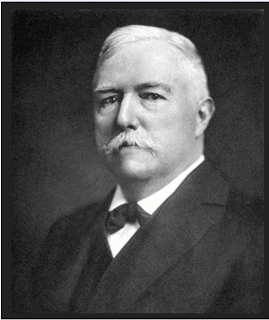Barnard’s Star
Barnard’s Star
Amalthea is one of Jupiter’s moons discovered on September 9, 1892, by Edward Emerson Barnard and named after Amalthea Born December 16, 1857 best known for his discovery of Barnard’s Star in 1916 In 1889 he observed the moon Iapetus pass behind Saturn’s rings Saturn, dark shadows running parallel to the circular paths of the rings. These spokes were doubted at first, but confirmed by the spacecraft Voyager I.
Amalthea, is the third moon of Jupiter in order of distance from the planet the fifth moon of Jupiter. He was the first to discover a new moon of Jupiter since Galileo Galilei in 1609. This was the last satellite discovered by visual observation (rather than by examining photographic plates or other recorded images).
Although his colleagues and doctors to debate expected to draw huge importance, the observed visually the 13 January 1923 occultation of Venus by the moon
Barnard was born in Nashville, Tennessee,
developed an interest in astronomy. In 1876 he purchased a 5-inch (130 mm) refractor telescope, and in 1881 he discovered his first comet, but failed to announce his discovery
In 1889 he observed the moon Iapetus pass behind Saturn’s rings. As he watched Iapetus pass through the space between Saturn’s innermost rings and the planet itself, he saw a shadow pass over the moon
the same year he also discovered Amalthea, the fifth moon of Jupiter.
In 1895 he joined the University of Chicago as professor of astronomy.
The faint Barnard’s Star is named for Edward Barnard after he discovered in 1916 that it had a very large proper motion, relative to other stars.
Barnard’s Star is the fourth-closest known individual star to the Sun, after the three components of the Alpha Centauri system, Barnard’s “Runaway” Star, Barnard’s Star will make its closest approach to the Sun around 9,800, also known as Barnard’s Runaway Star
Amalthea is one of Jupiter’s moons discovered on September 9, 1892, by Edward Emerson Barnard and named after Amalthea Born December 16, 1857 best known for his discovery of Barnard’s Star in 1916 In 1889 he observed the moon Iapetus pass behind Saturn’s rings Saturn, dark shadows running parallel to the circular paths of the rings. These spokes were doubted at first, but confirmed by the spacecraft Voyager I.
Amalthea, is the third moon of Jupiter in order of distance from the planet the fifth moon of Jupiter. He was the first to discover a new moon of Jupiter since Galileo Galilei in 1609. This was the last satellite discovered by visual observation (rather than by examining photographic plates or other recorded images).
Although his colleagues and doctors to debate expected to draw huge importance, the observed visually the 13 January 1923 occultation of Venus by the moon
Barnard was born in Nashville, Tennessee,
developed an interest in astronomy. In 1876 he purchased a 5-inch (130 mm) refractor telescope, and in 1881 he discovered his first comet, but failed to announce his discovery
In 1889 he observed the moon Iapetus pass behind Saturn’s rings. As he watched Iapetus pass through the space between Saturn’s innermost rings and the planet itself, he saw a shadow pass over the moon
the same year he also discovered Amalthea, the fifth moon of Jupiter.
In 1895 he joined the University of Chicago as professor of astronomy.
The faint Barnard’s Star is named for Edward Barnard after he discovered in 1916 that it had a very large proper motion, relative to other stars.
Barnard’s Star is the fourth-closest known individual star to the Sun, after the three components of the Alpha Centauri system, Barnard’s “Runaway” Star, Barnard’s Star will make its closest approach to the Sun around 9,800, also known as Barnard’s Runaway Star



Monday, January 13, 2014
ReplyDelete